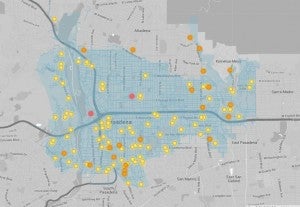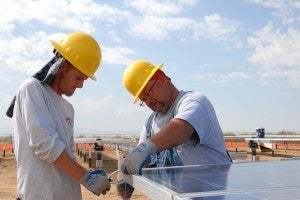 By: Katie Hsia-Kiung
By: Katie Hsia-Kiung
It may be hard to believe that just 15 years ago the term “clean tech” was largely unheard of. Today, the term has gained widespread usage, and is often applied to a diverse array of businesses, practices, and tools. Clean tech not only includes renewable energy technologies like wind and solar, but also electric motors, green chemistry, sustainable water management, and waste disposal technologies, to name just a few.
One research institution that has followed this sector through its short, but burgeoning history, is Clean Edge, a firm devoted exclusively to the study of the clean tech sector. Last week, the firm released their annual U.S. Clean Tech Leadership Index, which ranks each state based on several indicators across three categories: technology, policy, and capital. For the sixth year in a row, California came out on top as the leading state for clean technology. In fact, over the past year, California has widened its lead over the rest of the pack, with a score that is 15 percentage points higher than Massachusetts, the state in second place. According to the report, “with 55,000 people employed in its booming solar industry alone, a carbon market in place with its AB 32 trading scheme, and a 50 percent renewables goal by 2030 set by Governor Jerry Brown, California sets the pace for what a clean-energy economy looks like.” Read More














